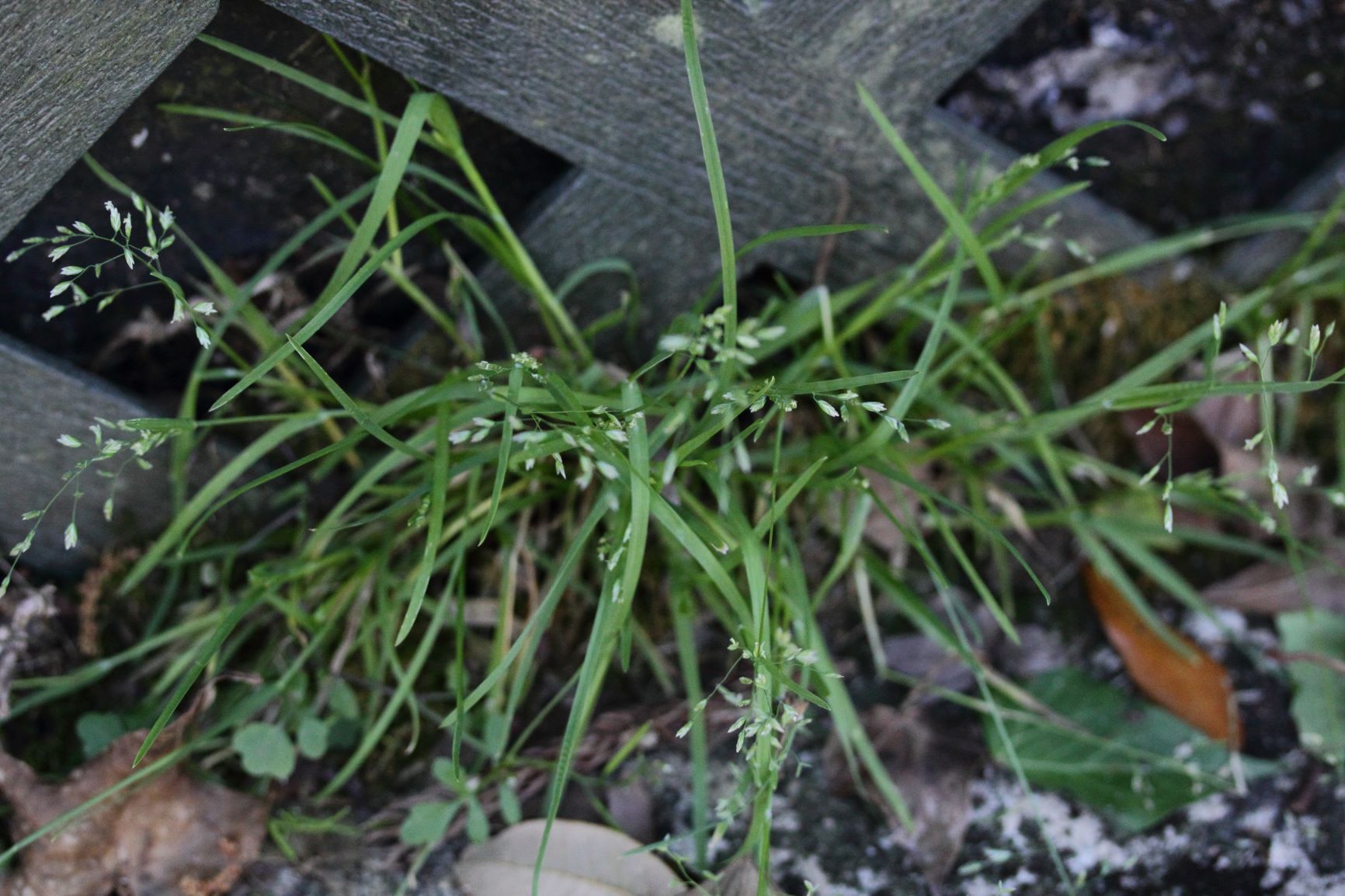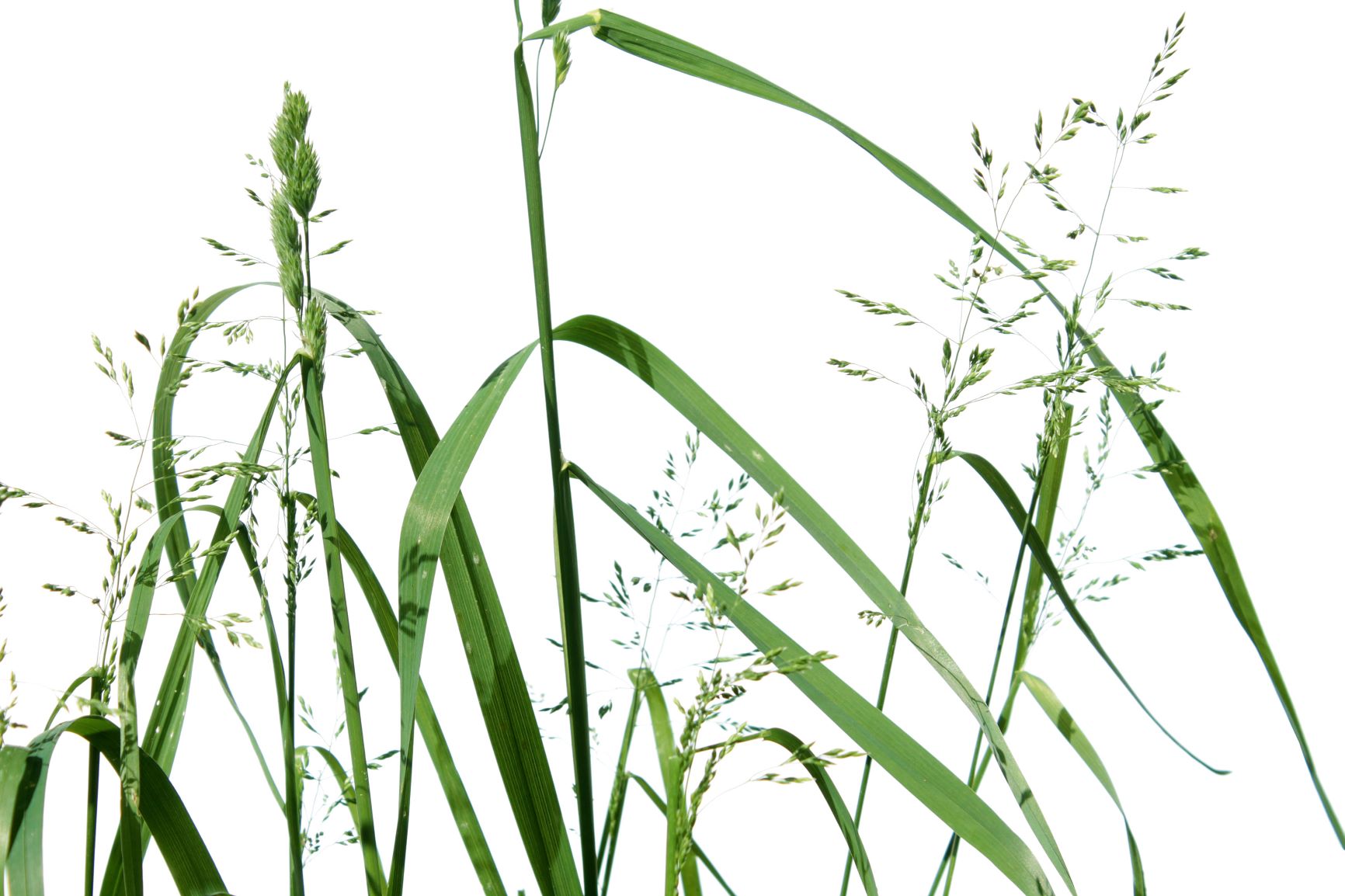Poa Annua (annual bluegrass)

Poa annua, also known as annual bluegrass, is considered an undesirable turfgrass species in most residential and landscape areas throughout the United States. It is undesirable for the following reasons:
- It has an annual life cycle, germinating in the fall and usually dying during a relatively hot, dry summer - leaving bare patches of lawn. (By comparison, Kentucky bluegrass, a close relative, has a perennial life cycle.)
- It is not considered an aesthetically attractive turfgrass, due to its slightly yellowish color, and its propensity for producing seedheads, even at short mowing heights.
- It is difficult to fully eradicate due to the number and hardiness of the seeds it produces.
While it is considered an acceptable turf type in some northern areas, irrigation and elevated turf maintenance practices are required to keep Poa annua alive during average summer conditions.

Poa annua is a cool season annual grass that germinates in fall and grows slowly through the winter. In the winter, Poa annua may be seen as green tufts in dormant warm-season lawns. In cool-season lawns, Poa annua is often easily visible as the cool season turf varieties stop growing during the coldest part of winter. Once lawns are actively growing in the spring, Poa annua will appear to be a lighter yellow-green in comparison to the rest of the turf. In late spring it flowers and produces many seeds – even when mowed short.

The annual bluegrass plant itself will die out when the heat of summer arrives, often leaving bare or brown patches in the lawn. When there are few small patches of annual bluegrass, these areas may be barely noticeable. But as the population increases, the areas get larger and more numerous. Also, more seeds are left in the soil. The seeds lie dormant until the return of cool weather in the fall, starting the cycle again.
Cultural practices can influence Poa annua populations. Infrequent, deep root irrigation is preferred over frequent, shallow root techniques. Also, a mowing height or 3 inches or more will discourage Poa annua establishment. Finally, an adequately fertilized thick and healthy lawn will also discourage Poa annua.
The preferred herbicidal control method is to use a pre-emergent herbicide to prevent seed germination in late summer / early fall. LebanonTurf® offers several herbicide products that are labeled for pre-emergence control of Poa annua, including the following:
ProScape 16-0-8 43% MESA .43 Barricade
ProScape 15-0-5 40% MESA .15 Dimension
Lebanon Pro 20-0-4 30% LSN .86 Pendimethalin
Lebanon Team 2G Biodac Herbicide
Other options can be found in our weed control product section.
All products are applied with a dry granule spreader. Products are applied in the early fall at the latest. Follow all specific label directions when using these products.
LebanonTurf is a registered trademark of Lebanon Seaboard Corporation.
Barricade is a registered trademark of a Syngenta Group Company.
Dimension is a registered trademark of Dow AgroSciences.
Team is a registered trademark of Gowan Company.